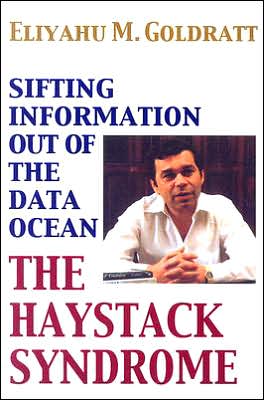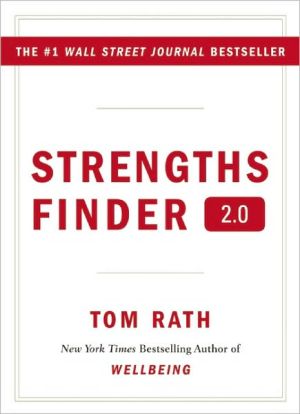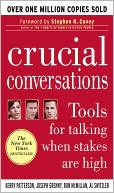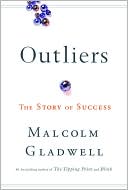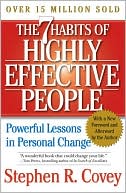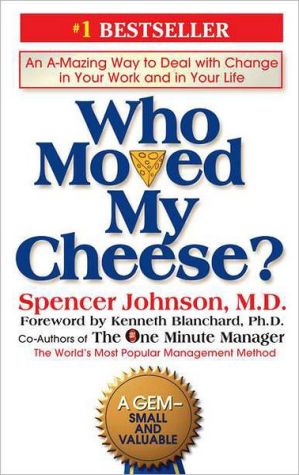Haystack Syndrome: Sifting Information out of the Data Ocean
A must for every manager concerned with meeting the challenges of the 21st century. You'll see the differences between data and information in a new light, and understand precisely how misunderstanding those differences can affect the quality of your decision-making process. Starting with the structure of an organization, The Haystack Syndrome ends with a detailed description of the logic that must underpin the information system for any organization to maximize effectiveness.\ Part One:\...
Search in google:
A must for every manager concerned with meeting the challenges of the 21st century. You'll see the differences between data and information in a new light, and understand precisely how misunderstanding those differences can affect the quality of your decision-making process. Starting with the structure of an organization, The Haystack Syndrome ends with a detailed description of the logic that must underpin the information system for any organization to maximize effectiveness. Part One: Formalizing the Decision Process - Defining the goal, the measurements, and how to continuously improve the whole system - the Theory of Constraints. Part Two: The Architecture of an Information System - Dealing with information as it relates to the real world; quantifying Murphy, the time-buffer concept, directing process improvements, measuring local performance. Part Three: Scheduling - how to implement a real process of ongoing improvement requiring interplay between the system and the manager, resolving all conflicts, considering capacity and protection.
Part One: Formalizing the Decision ProcessChapter 1: Data,information and the decision process -- how they relate ..... 3Chapter 2: What a company tries to achieve ..... 8Chapter 3: Getting a hold on measurements ..... 14Chapter 4: Defining Throughput ..... 19Chapter 5: Removing the overlap between Inventory and Operating Expense ..... 23Chapter 6: Measurements, Bottom Line, and Cost Accounting ..... 31Chapter 7: Exposing the foundation of cost accounting ..... 36Chapter 8: Cost accounting was the traditional measurement ..... 41Chapter 9: The new measurements' scale of importance ..... 47Chapter 10: The resulting paradigm shift ..... 52Chapter 11: Formulating the Throughput World's decision process ..... 58Chapter 12: What is the missing link? -- building a decisive experiment ..... 64Chapter 13: Demonstrating the difference between the Cost World and the Throughput World ..... 72Chapter 14: Clarifying the confusion between data and information -- some fundamental definitions ..... 79Chapter 15: Demonstrating the impact of the new decision process on some tactical issues ..... 86Chapter 16: Demonstrating inertia as a cause for policy constraints ..... 93 Part Two: The Architecture of an Information SystemChapter 17: Peering into the inherent structure of an information system -- first attempt ..... 103Chapter 18: Introducing the need to quantify "protection" ..... 109Chapter 19: Required data can be achieved only through scheduling and quantification of Murphy ..... 116Chapter 20: Introducing the time buffer concept ..... 121Chapter 21: Buffers and buffer-origins ..... 127Chapter 22: First step in quantifying Murphy ..... 132Chapter 23: Directing the efforts to improve local processes ..... 138Chapter 24: Local performance measurements ..... 144Chapter 25: An Information System must be composed of Scheduling, Control and What-If modules ..... 156 Part Three: SchedulingChapter 26: Speeding up the process ..... 163Chapter 27: Cleaning up some more inertia -- rearranging the data structure ..... 169Chapter 28: Establishing the criteria for an acceptable schedule ..... 179Chapter 29: Identifying the first constraints ..... 186Chapter 30: How to work with very inaccurate data ..... 194Chapter 31: Pinpointing the conflicts between the identified constraints ..... 200Chapter 32: Starting to remove conflicts -- the system/user interplay ..... 208Chapter 33: Resolving all remaining conflicts ..... 214Chapter 34: Manual subordination: the drum-buffer-rope method ..... 222Chapter 35: Subordinating while considering non-constraints' capacity -- the conceptual approach ..... 229Chapter 36: Dynamic time buffers and protective capacity ..... 235Chapter 37: Some residual issues ..... 241Chapter 38: The details of the subordination procedure ..... 247Chapter 39: Identifying the next constraint, and looping back ..... 252Chapter 40: Partial summary of benefits ..... 260
